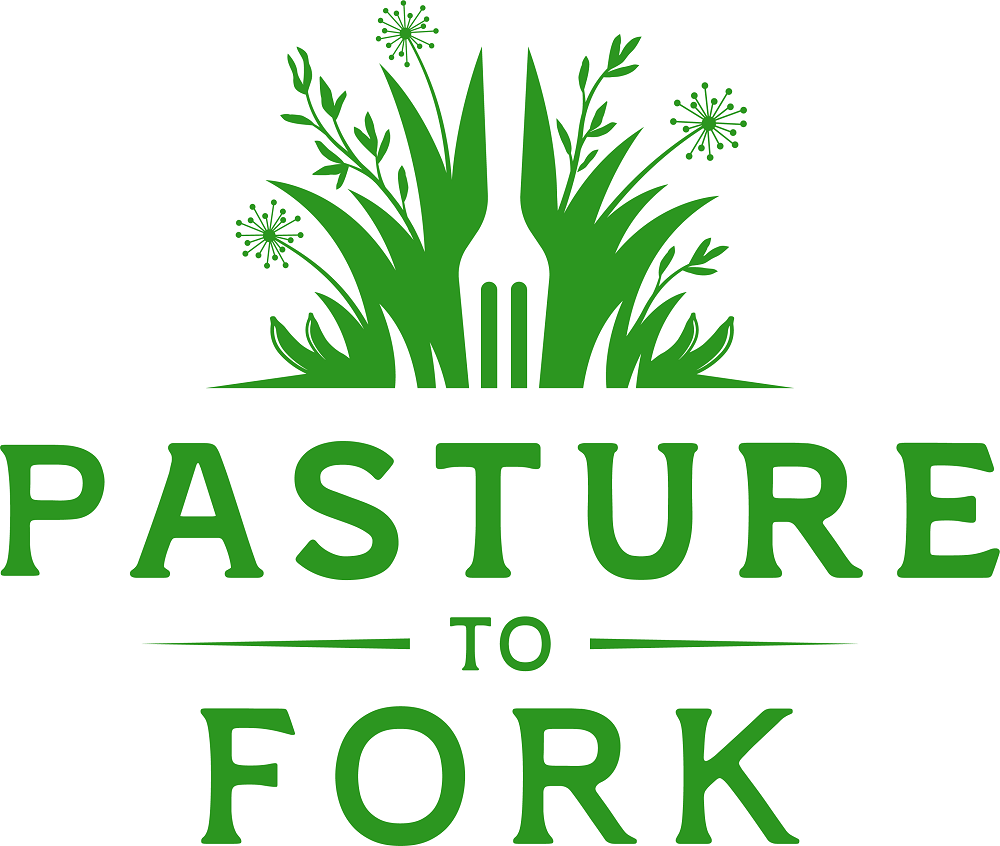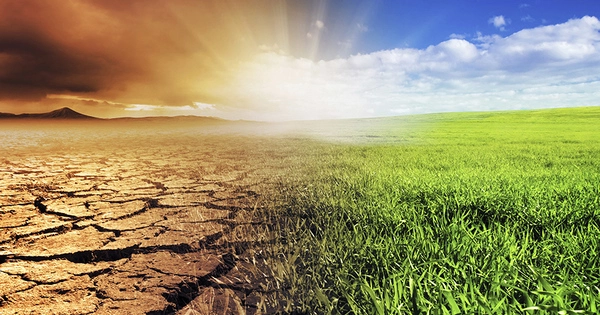Beating the Baby Food Crisis
posted on
May 19, 2022
With headlines screaming of a shortage in baby formula, I can’t resist weighing in. I know this is one of the highly politicized stories of the day, but I’ll try to stay out of the political “weeds” surrounding this topic. Stick with me to the end and I’ll share a few resources.
As always, there’s a high probability of there being considerably more to this story than we’re told, which disposes me to want to know the back story that put us in this quandary, and then find a viable solution to the problem.
For context, let’s start with the circulating narrative. The bulleted list goes something like this:
- Over 40% of top-selling formulas in the United States are currently out of stock or very hard to find.
- October 2021—a whistleblower came forward with information about less than desirable practices in an Abbott (Similac) plant, which is said to produce upwards of 40% of US formula.
- December 2021—FDA interviews the whistleblower.
- January 2022—after 2 babies die from bacterial infections, FDA shuts down the Abbott plant in Michigan due to a possible contamination link. Later this was disproven as the cause of death.
- Today—Abbott is compliant with FDA’s requirements for re-opening, but FDA is saying perhaps another 2-3 months.
- Babies who need special formula such as soy-free or lactose-free are hardest hit by this shortage because most special formula is out of stock.
- As of yesterday, several babies have been hospitalized because of the parents’ inability to get the special formulas they were dependent on.
In the abstract, “the news” seems to cover any given subject objectively, but increasingly, subjects like the baby food crisis are highly politicized to the point where the discussion only touches the skin of the situation and actually conceals the bigger story, not to mention offers no real solution or alternatives. With that, let’s dive into some of the things that aren’t being discussed in the news:
- There’s a growing [private] conversation pointing to government being the primary cause of the current shortages due to baby formula being one of the most heavily regulated products in America.
- When the government intervenes in the marketplace some things are usually subsidized or restricted, which tends to shut down fair competition. In an over-regulated industry new business entry becomes very expensive—even bordering impossible—which creates a monopoly. This, in turn, makes the market easier to control overall. This shortage is a prime example of this. When one manufacturer (Abbott) supplies 40+% of the national market, shutting it down quickly results in a national shortage and crisis.
- Many people are now buying outlawed European formulas on the black market. European regulations allow for products like goat milk and unpasteurized milk—things that are actually healthier for your infant—that are illegal in the Unites States.
- Interestingly enough, most American made formula is illegal in Europe because of the unhealthy ingredients allowed by regulators in the states.
In the ideal circumstance, every baby would be fully breastfed by its own mother. While I believe that to be possible in more situations than not, it’s not always the best option depending on mother’s health, etc. That said, commercial formula is an inherently poor option because of its unhealthy ingredients. The organic options are little different from the non-organic because of similar ingredients, including rancid vegetable oils and denatured proteins. Even breastmilk from a donor milk bank is pasteurized in most cases plus the diets of the donors are unknown. If the fallout of this shortage causes anything, I hope it’s a new awareness of the ease, affordability, and empowerment of homemade formula. Here’s a list of facts surrounding this subject:
- Homemade formula has been around for a long time. Most old cookbooks have recipes for homemade formula. According to the FDA, these recipes are unhealthy at best and risky at worst. Maybe it’s time the people recognize the FDA’s sorry track record in separating healthy from unhealthy.
- Raw milk formula is not only accepted, but encouraged, in many civilizations around the world. The United States is one of a few countries where raw milk in discouraged as a food.
- Many folks raise eyebrows at the suggestion of feeding raw milk to infants. Raw milk from a reputable source is completely trustworthy and when made into a formula with other safe ingredients is likely healthier for your baby than commercial formula.
- One of the safest and well researched homemade formulas I know comes from the Weston A. Price Foundation (WAPF). The quality of the ingredients is excellent, causing the end product to be as nearly on par with breastmilk as anything we know of at this time.
- If price is of concern, rest assured. On average, organic brands of commercial formula is 50% more expensive per ounce than the homemade raw milk WAPF formula.
- Making formula in your kitchen allows you to make it every couple of days based on how fast you use it, which gives your child the advantage of freshly made formula all the time. One of the biggest concerns surrounding commercial formula is the preservatives used to extend shelf life. Like any processed foods, baby formula contains multiple ingredients that may react to one another over time. The challenge food processors face all the time is to neutralize these ingredients in order to maintain shelf life. Extended shelf stability always raises the question of “If it can sit in a truck or on a shelf for such a long time, unrefrigerated, just how much life is in it?”
- Although it’s very well researched and contains multiple highly nutritious ingredients, the WAPF homemade formula can mixed up in about 10 minutes once you’ve become familiar with it.
- If your baby was on commercial formula, you will very likely see marked improvement in your child’s performance after switching to the WAPF raw milk formula, physically and mentally.
If you find a baby food shortage to be unsettling and even a bit worrying given the recent predictions of widespread food shortages in the future, you’re not alone. But like most challenging situations, if we’re willing to open our minds to possibilities we’ve perhaps never been exposed to before, we have options. Options that can actually be quite good if we can overcome our preconceived notions.
Here’s my challenge to you. If you have a baby—or have friends who do—and are perturbed by the wave this shortage creates, go to this page on the WAPF website and watch the easy-to-follow twenty-minute video on how to make your own healthy baby food. The page also has links to multiple other resources involving baby food, including formula for lactose intolerant infants.
Like all things worth doing, this requires a bit of effort to learn, but perhaps the rewards come according to the effort we invest. Let’s become less dependent and strive towards self-reliance. Together we can make a difference. And that’s The View from the Country.
Quotes worth Re-Quoting –
“When I dare to be powerful, to use my strength in the service of my vision, then it becomes less and less important whether I am afraid.”― Audre Lorde
“What you do makes a difference, and you have to decide what kind of difference you want to make.”― Jane Goodall



